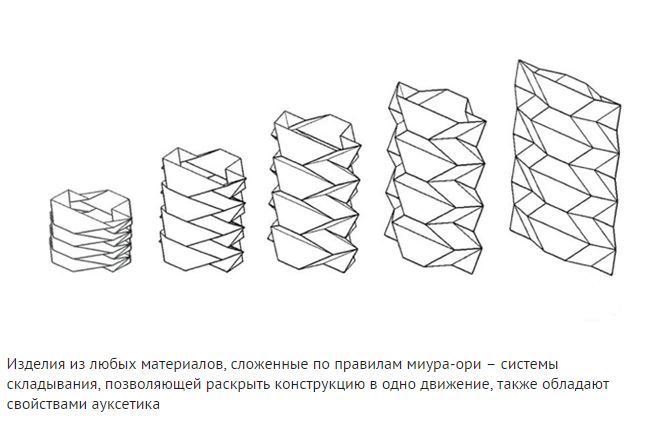Explained the unusual elasticity of graphene
The international team with Russian scientists explained the unusual characteristics of the elasticity and elasticity of graphene. The study is published in Physical Review B, the preprint article is available on arXiv.Org.
Graphene is a single-layer sheet of hexagonal cells formed by carbon atoms. The unusual elastic properties of this material, discovered by Andrei Geim and Konstantin Novoselov in 2004, made it a promising replacement for silicon in the next generation electronics.
If you stretch the usual materials, such as rubber, along, they are compressed across. Some materials only get thicker when stretching, because their structures are so hot and unfolding. The ability to compress or expand in a cross-size at stretching is characterized by the so-called Poisson coefficient, and unusual materials with a negative Poisson coefficient are called auksets. This name comes from the Greek word αὐξητικός (auxetikos), meaning “something that has a tendency to increase.” Auksetics include, for example, some rocks (particularly pyrite); live bone tissue, paper, Gore-Tex polymer.

Because the uxetics do not expand when heated, they will not create mechanical stresses and interference in the electronics. Physicists are working to connect ordinary material with the auksetic, so that it does not expand in the instruments. Also, auxetics are very sensitive to sound waves, and from them you can create sound sensors that can capture very fast changes of vibrations.
Therefore, the question whether graphene belongs to auksetics, interested physicists for many years, but experimentally to learn the ratio of Poisson he was not able to. Graphene is grown on substrate and difficult to detach from them, so to measure the ratio interfere with either the characteristics of the substrate, or too small the size of the sample detached from them, because of which there is no place to attach brackets for measurable stretching. At the same time, the data of theoretical calculations of this parameter contradicted each other.
A Russian-German-Dutch team of scientists was able to resolve this contradiction by finding an explanation for the very structure of the material, which generates a complex interaction of waves during stretching. Typically, graphene is presented as a flat two-dimensional sheet of carbon atoms, but in fact bending waves run on its surface – folds that seek to translate it into a “crumpled” state. Such waves occur in all samples of graphene more than 40-70 angstroms (the so-called length of Ginsburg).
“For a long time, membrane theory predicted that because of this phenomenon, two-dimensional crystals like graphene in principle cannot exist: they will always strive to shrink into a lump,” explains co-author Valentin Kaczowski, lead researcher at the Physics and Technology Institute. F. Ioffe and the L.D. Institute of Theoretical Physics Landau. “As we can see, this assumption was a mistake, because on the surface of graphene, in addition to curved, run also ordinary waves of compression-stretching. The non-linear interaction of the two types of waves does not allow the membrane to shrink into a lump.”
When the force of stretching is small, the curved waves confront it, and the Poisson coefficient changes the mark, making graphene auksetik. All applied force (for example, when heated) is spent on spreading the “folds” of these waves, where additional energy is stored. With a large force of stretching, the curved waves o
f graphene are suppressed and the properties of the matter remain “classic.” Landau, A.F. Institute of Physics and Technology Ioffe, Institute of Technology in Karlsruhe ( Germany) and Nijmegin University (Netherlan
ds).Source:indicator.ru